Fur, Fins, and Feathers: Mastering the Art of Grooming Across All Pet Species
Master the art of grooming across all pet species with our comprehensive guide


Ever considered the leap from poodles to parakeets in your grooming career? Diving headfirst into the diverse world of pet grooming can be as rewarding as it is challenging. From silky fur to delicate feathers, every pet comes with its own set of grooming needs and nuances. But fear not, intrepid groomer—this guide is here to help you master the art of grooming across all pet species!
The Tail Wagging Behind Every Groom
We know a wagging tail. We know the signs of a content animal basking in the glow of a good groom. But how often do we consider the leap beyond the familiar fur? The grooming profession is entering an exciting era where diversity is not just accepted but embraced. With more households including a variety of pets, from scaly reptiles to fluffy rabbits, the demand for skilled multi-species groomers is on the rise.
A Menagerie of Materials: Equip Yourself for Success
Successful grooming starts with the right tools. Just as you wouldn't use sheep shears on a shih tzu, you can't expect your dog grooming clippers to be a one-size-fits-all solution. Here's what you'll need for a starter multi-species grooming kit:
- Species-Specific Brushes: The right brush can make all the difference. Slicker brushes for dogs, soft-bristled ones for cats, and gentler versions for birds.
- Shears and Clippers: Invest in variable-speed clippers and shears that offer precision for small, sensitive areas across various species.
- Grooming Gloves: Not just for dogs and cats—these can work wonders on larger birds and mammals.
- Microfiber Towels: Absorbent and soft, ideal for reducing stress during drying, whatever the species.
Don't Forget Safety
Speaking of tools, one must always prioritize safety—for the groomer and the pet. Remember to select tools with safety guards and features that minimize the risk of injury, and always use species-appropriate restraint techniques where necessary.
From Canine to Avian: Tailored Techniques
Grooming a dog involves a vastly different approach than grooming a bird or a reptile, and each has its own set of challenges and techniques:
Canine Conundrums
The dog grooming world is as diverse as the breeds that walk the Earth. Whether you're dealing with undercoats or matting, the key is to understand the breed's specific needs. Bathing, brushing, and nail trimming are the cornerstones of dog grooming—but mastery lies in the details.
Feathered Friends
Bird grooming is less about the 'cut' and more about the 'care'. Wing and nail trimming must be done with a delicate hand to prevent injury. And remember, dust baths are often more appropriate than water for our feathered friends.
The Scale Situation
Reptiles' grooming is usually about habitat maintenance and observing for shed-related issues. Never underestimate the necessity of the right humidity and temperature for a healthy reptile skin—or scales, as it were.
Understanding Anatomy and Health
One mishap many groomers new to multi-species grooming encounter is a lack of knowledge in animal anatomy beyond canines. Birds have air sacs that are easily damaged. Reptiles have delicate skin that can tear. Cats have thin skin that is easily cut. To avoid harm, make sure you're well-versed in the anatomy and health considerations of each pet species you groom.
Grooming for Behavior and Wellbeing
The psychological benefits of grooming transcend species. Cleanliness, comfort, and the attention that comes with grooming can significantly improve a pet's quality of life. Plus, the one-on-one time you spend with an animal during grooming can reveal health issues that might otherwise go unnoticed.
Trust Takes Time
Remember, building trust with animals is not achieved overnight. Each species, and indeed each individual, will respond differently. It's crucial to be patient and gentle, allowing the pet to get used to you and the grooming process.
Adapting to Diverse Clientele
Your human clients are as diverse as their pets. Communicating effectively and managing expectations is key to a successful grooming business. Be transparent about what you can achieve and educate clients on what's best for their pets' health and comfort.
Continuing Education: Stay on the Cutting Edge
Finally, never stop learning. The world of grooming is ever-evolving; new techniques, products, and approaches emerge all the time. Consider certifications and workshops that broaden your expertise across species. Online forums, webinars, and trade shows are also fantastic resources for up-to-the-minute grooming education.
Conclusion: The Universal Language of Grooming
In conclusion, expanding your grooming repertoire to embrace multiple species can be an enriching path for your grooming career. It demands dedication, adaptability, and a passion for animal wellbeing. By equipping yourself with the right tools, educating yourself on various grooming techniques and anatomy, and practicing patience and empathy, you can master the art of grooming across the animal kingdom.
Remember, whether it's fur, fins, or feathers, the ultimate goal is happiness and health—for both pet and groomer. Embrace the challenge, and enjoy the journey of mastering the universal language of grooming!




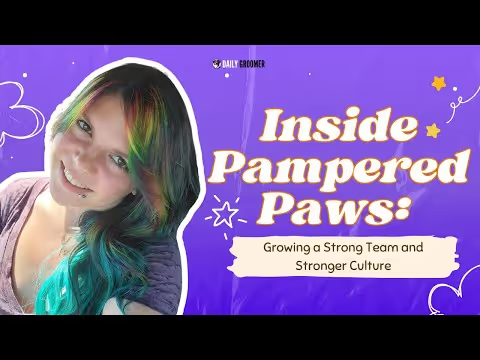






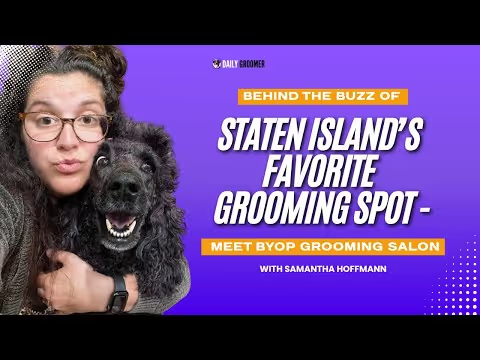









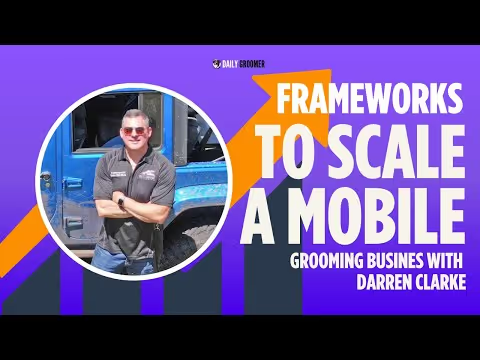
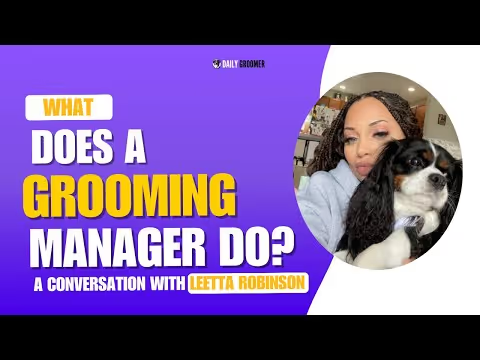



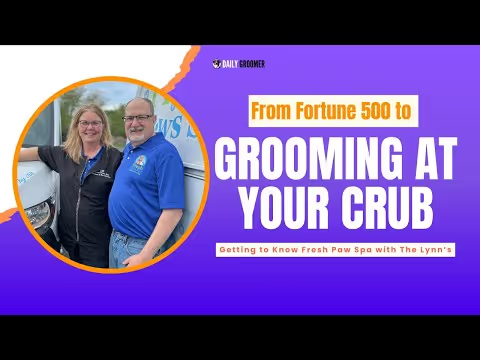












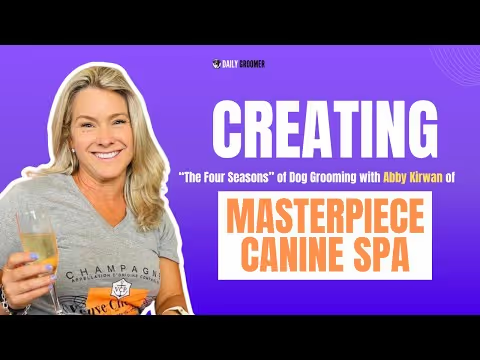


.avif)

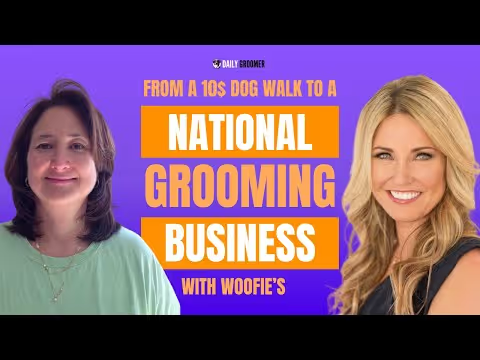





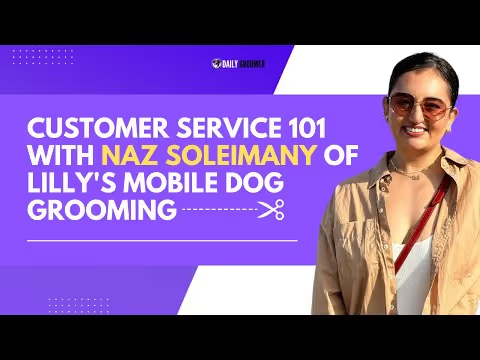












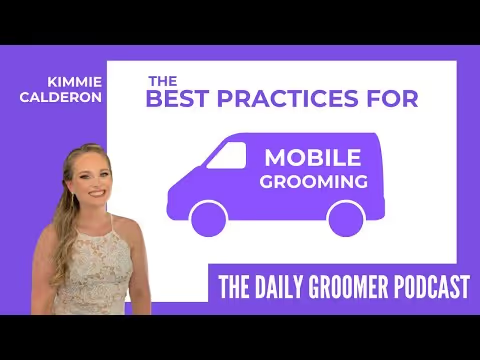















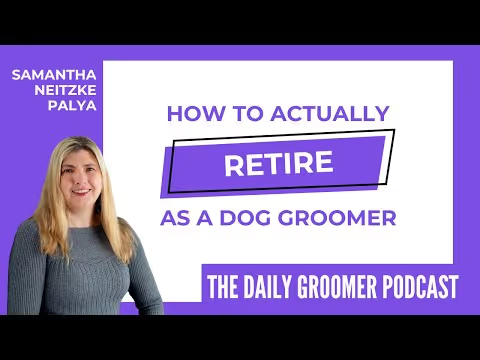



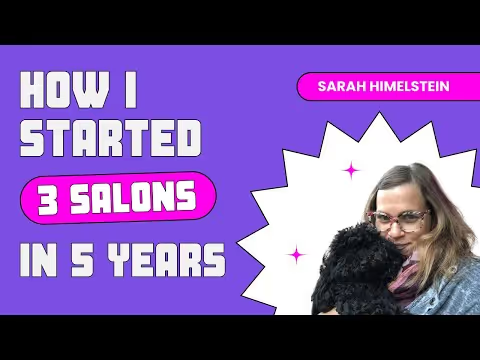




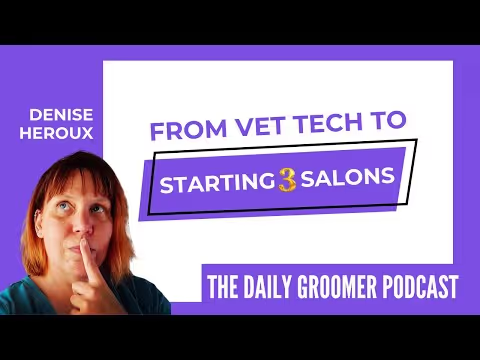



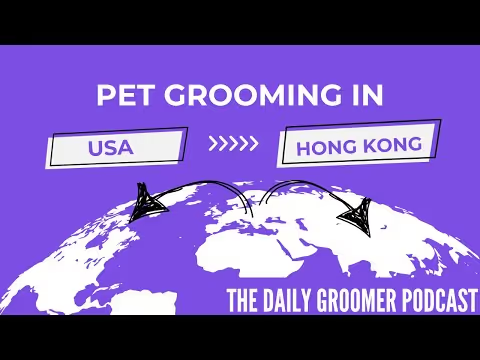
.avif)



